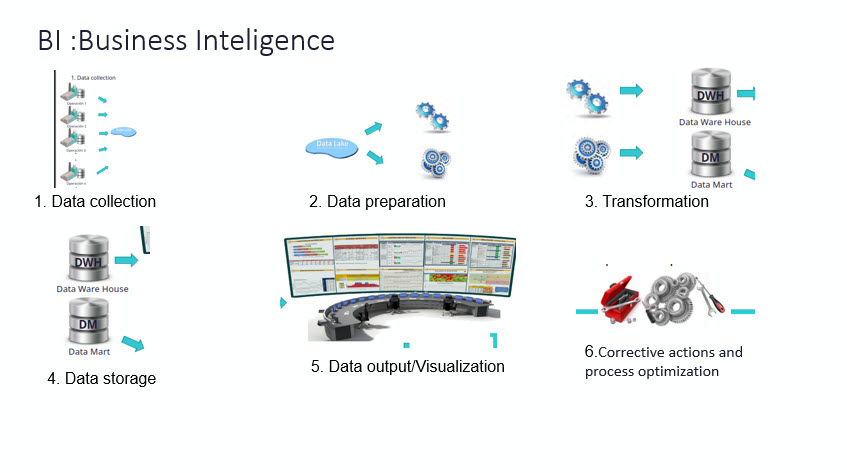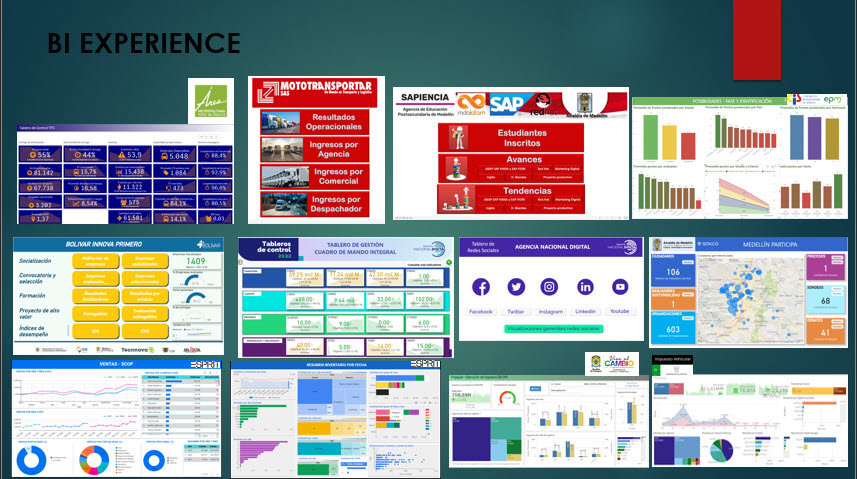In Python:
1. Data collection
Collecting data is the first step in data processing. Data is pulled from available sources, including data lakes and data warehouses. It is important that the data sources available are trustworthy and well-built so the data collected (and later used as information) is of the highest possible quality.
2. Data preparation
Once the data is collected, it then enters the data preparation stage. Data preparation, often referred to as “pre-processing” is the stage at which raw data is cleaned up and organized for the following stage of data processing. During preparation, raw data is diligently checked for any errors. The purpose of this step is to eliminate bad data (redundant, incomplete, or incorrect data) and begin to create high-quality data for the best business intelligence.
3. Data input
The clean data is then entered into its destination (perhaps a CRM like Salesforce or a data warehouse like Redshift), and translated into a language that it can understand. Data input is the first stage in which raw data begins to take the form of usable information.
4. Processing
During this stage, the data inputted to the computer in the previous stage is actually processed for interpretation. Processing is done using machine learning algorithms, though the process itself may vary slightly depending on the source of data being processed (data lakes, social networks, connected devices etc.) and its intended use (examining advertising patterns, medical diagnosis from connected devices, determining customer needs, etc.).
5. Data output/interpretation
The output/interpretation stage is the stage at which data is finally usable to non-data scientists. It is translated, readable, and often in the form of graphs, videos, images, plain text, etc.). Members of the company or institution can now begin to self-serve the data for their own data analytics projects.
6. Data storage
The final stage of data processing is storage. After all of the data is processed, it is then stored for future use. While some information may be put to use immediately, much of it will serve a purpose later on. Plus, properly stored data is a necessity for compliance with data protection legislation like GDPR. When data is properly stored, it can be quickly and easily accessed by members of the organization when needed.
7. Visualization
Build a Business Intelligence Board with KPIs as required.
Data mining: Using databases, statistics, and machine learning (ML) to uncover trends in large datasets
Reporting: Sharing data analysis to stakeholders so they can draw conclusions and make decisions
Performance metrics and benchmarking: Comparing current performance data to historical data to track performance against goals, typically using customized dashboards
Descriptive analytics: Using preliminary data analysis to find out what happened

